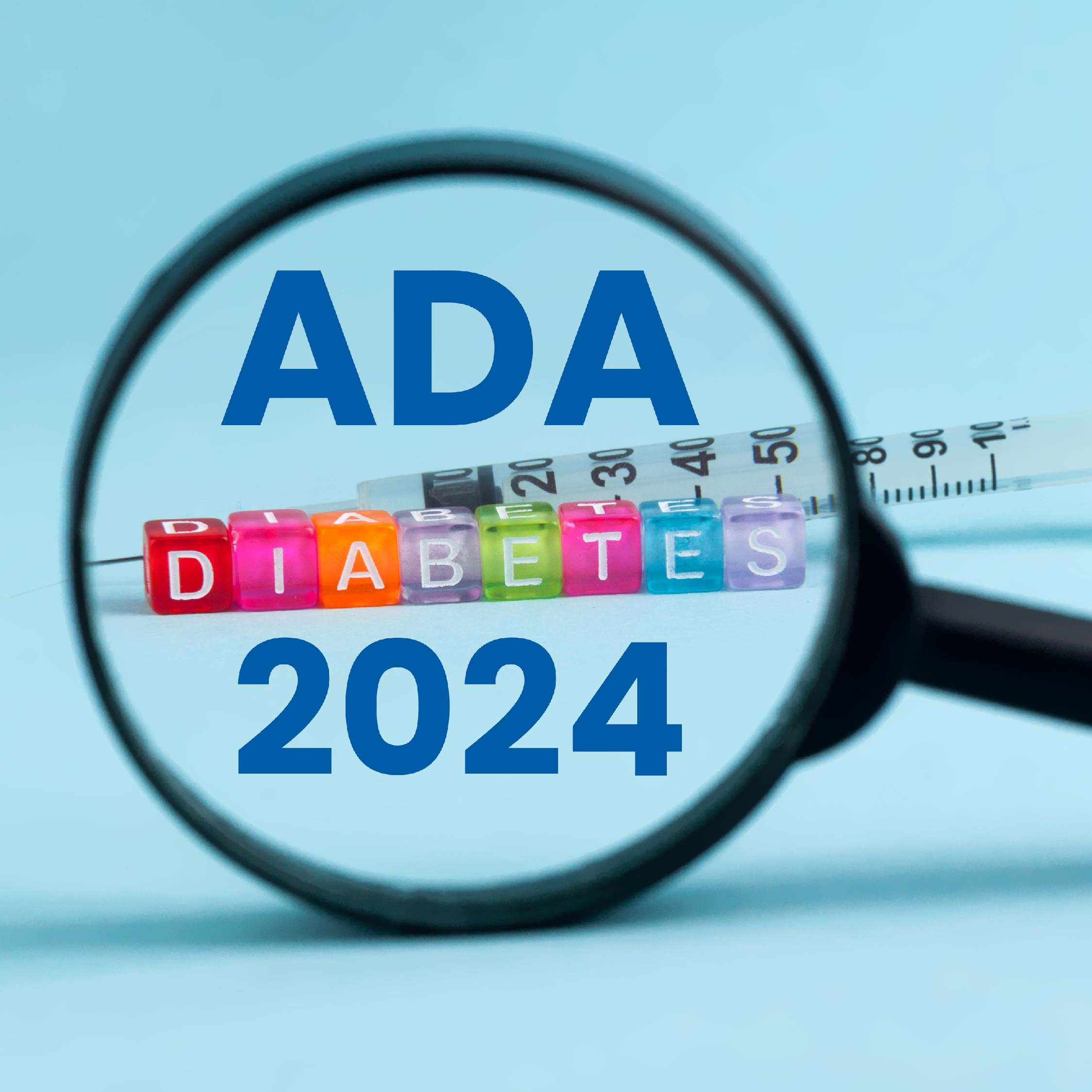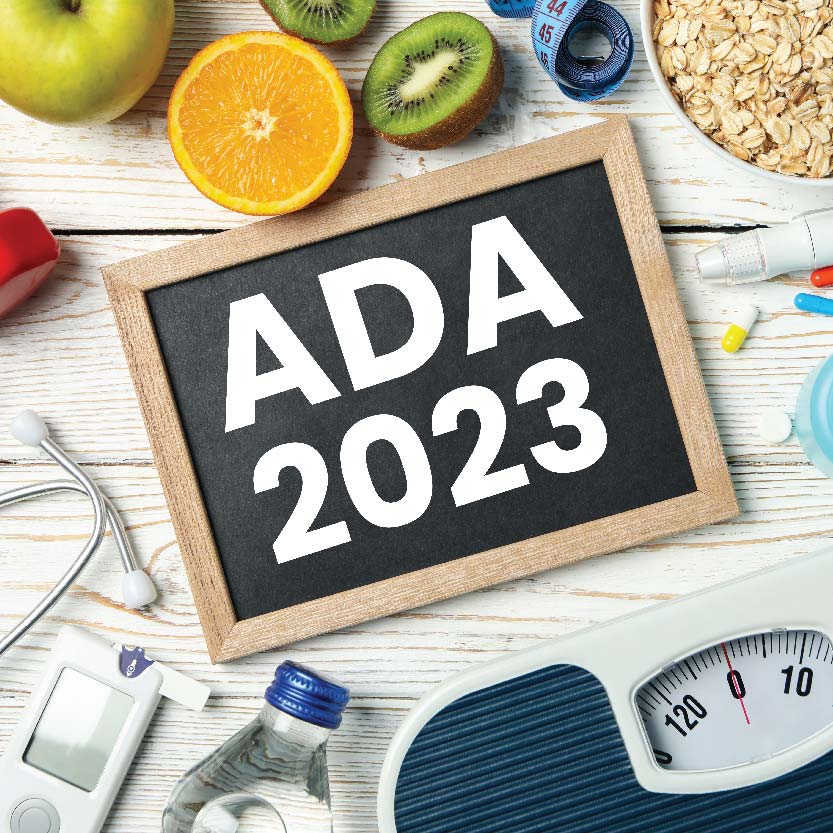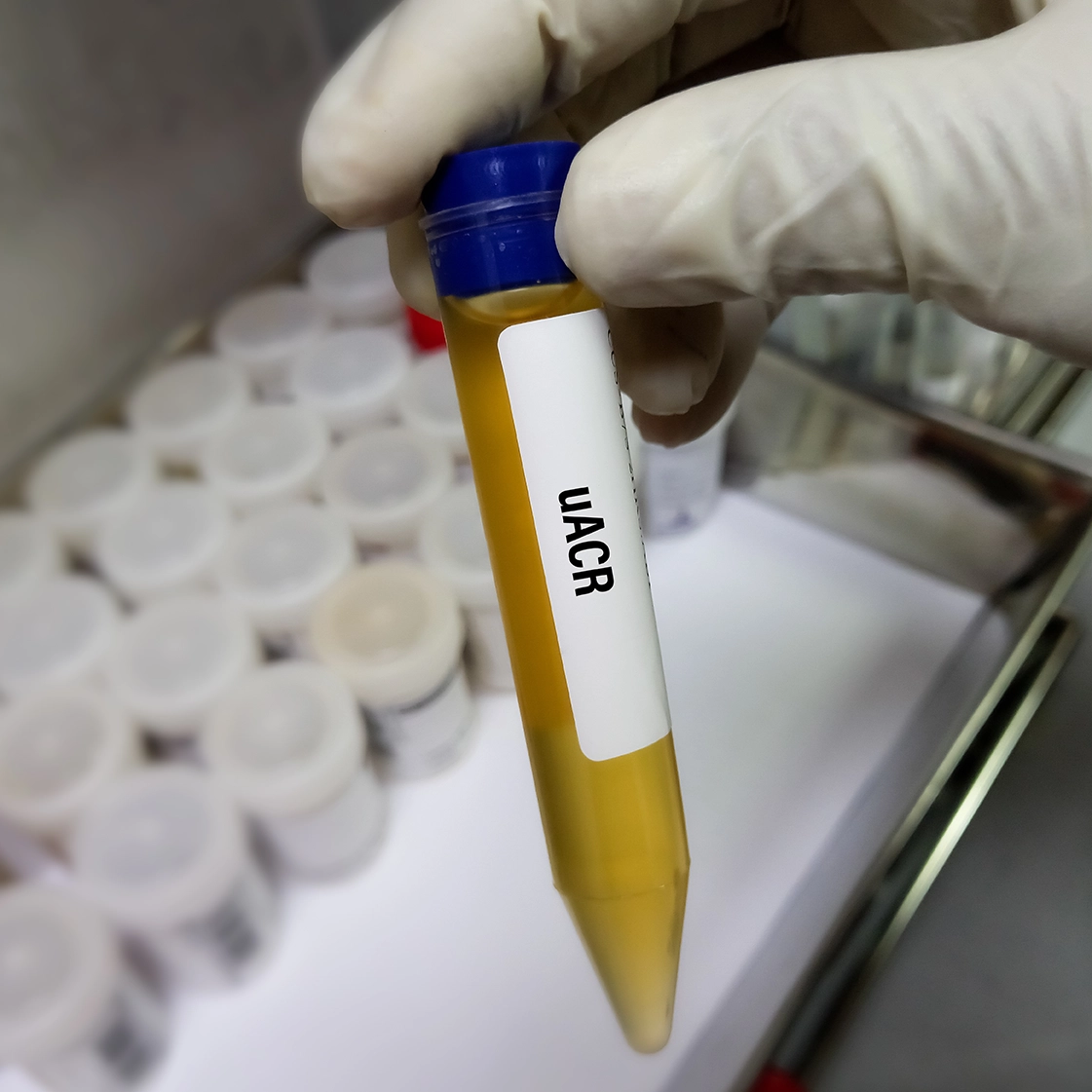ADA 2023: Diabetic Kidney Disease and Non-alcoholic Fatty Liver Disease Confer Worsening All-Cause Mortality and Cardiovascular Disease Risk in Type 2 Diabetes
The session discussed the combination of non-alcoholic fatty liver disease (NAFLD) and Diabetic kidney disease (DKD) in individuals with type 2 diabetes (T2D), focusing on the cardiovascular and overall risk associated with these conditions. The prevalence of NAFLD is higher in the diabetic population, ranging from 55% to 70%. DKD is also more prevalent in individuals with T2D, affecting 30% to 40% of the population. In these patients, NAFLD and DKD are associated with an increased risk of cardiovascular disease and mortality..
It was a longitudinal, observational study conducted on 961 individuals with T2D to understand how the coexistence of NAFLD and DKD could worsen these risks in individuals with T2D. Based on diabetes onset, duration, concomitant treatments, microvascular complications, blood pressure measurements, and laboratory tests, the data were collected. NAFLD was defined using the Fatty Liver Index (>60), while DKD was defined as an eGFR below 60 mL/min/1.73 m² and an Albumin to creatinine ratio (ACR) above 230 mg/g. The outcomes assessed in the study included all causeall-cause mortality (ACM), major cardiovascular events (myocardial infarction, stroke, revascularization), hospitalization for heart failure, and end-stage renal disease (ESRD) requiring chronic dialysis..
The four groups were identified: first was without either condition, second was with NAFLD only, third was with DKD only, and fourth was with both conditions. The findings revealed that individuals with DKD and NAFLD had a worse metabolic profile, including younger age, higher body mass index, and a higher prevalence of dyslipidemia and hypertension. The presence of both DKD and NAFLD significantly increased the risk of ACM compared to each condition alone. Moreover, the coexistence of DKD and NAFLD heightened the risk of major cardiovascular events, such as coronary heart events, cerebral vascular events, and peripheral vascular events. Additionally, the combination of DKD and NAFLD was associated with a greater risk of hospitalization for heart failure with an adjusted hazard ratio of 3.86 for combination. Also, the coexistence of DKD and NAFLD was significantly associated with a higher risk of ESRD compared to DKD alone or NAFLD alone. The overall findings suggest that the coexistence of DKD and NAFLD in individuals with T2D poses a greater risk of overall mortality and cardiovascular and renal events compared to each condition individually..
American Diabetes Association (ADA) 83rd Scientific Sessions, 23rd-26th June 2023, San Diego, CA
The session discussed the combination of non-alcoholic fatty liver disease (NAFLD) and Diabetic kidney disease (DKD) in individuals with type 2 diabetes (T2D), focusing on the cardiovascular and overall risk associated with these conditions. The prevalence of NAFLD is higher in the diabetic population, ranging from 55% to 70%. DKD is also more prevalent in individuals with T2D, affecting 30% to 40% of the population. In these patients, NAFLD and DKD are associated with an increased risk of cardiovascular disease and mortality.
It was a longitudinal, observational study conducted on 961 individuals with T2D to understand how the coexistence of NAFLD and DKD could worsen these risks in individuals with T2D. Based on diabetes onset, duration, concomitant treatments, microvascular complications, blood pressure measurements, and laboratory tests, the data were collected. NAFLD was defined using the Fatty Liver Index (>60), while DKD was defined as an eGFR below 60 mL/min/1.73 m² and an Albumin to creatinine ratio (ACR) above 230 mg/g. The outcomes assessed in the study included all causeall-cause mortality (ACM), major cardiovascular events (myocardial infarction, stroke, revascularization), hospitalization for heart failure, and end-stage renal disease (ESRD) requiring chronic dialysis.
The four groups were identified: first was without either condition, second was with NAFLD only, third was with DKD only, and fourth was with both conditions. The findings revealed that individuals with DKD and NAFLD had a worse metabolic profile, including younger age, higher body mass index, and a higher prevalence of dyslipidemia and hypertension. The presence of both DKD and NAFLD significantly increased the risk of ACM compared to each condition alone. Moreover, the coexistence of DKD and NAFLD heightened the risk of major cardiovascular events, such as coronary heart events, cerebral vascular events, and peripheral vascular events. Additionally, the combination of DKD and NAFLD was associated with a greater risk of hospitalization for heart failure with an adjusted hazard ratio of 3.86 for combination. Also, the coexistence of DKD and NAFLD was significantly associated with a higher risk of ESRD compared to DKD alone or NAFLD alone. The overall findings suggest that the coexistence of DKD and NAFLD in individuals with T2D poses a greater risk of overall mortality and cardiovascular and renal events compared to each condition individually.
American Diabetes Association (ADA) 83rd Scientific Sessions, 23rd-26th June 2023, San Diego, CA




